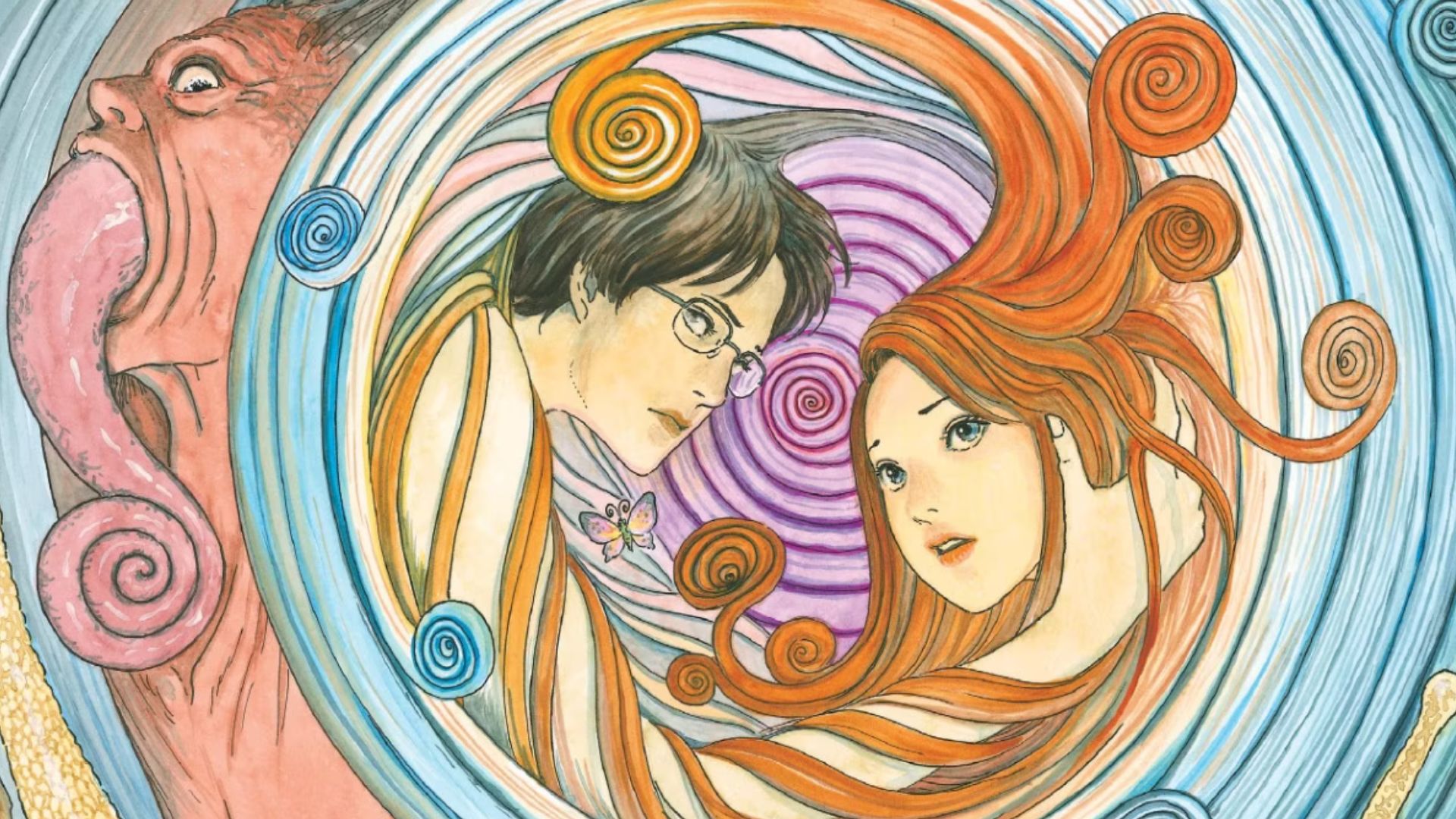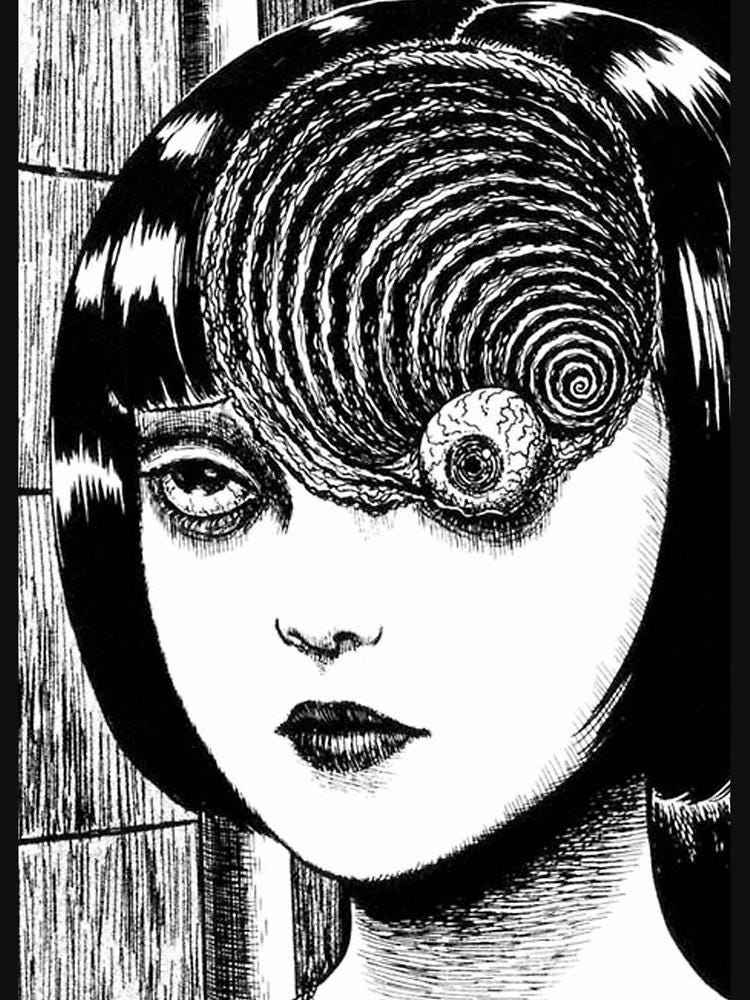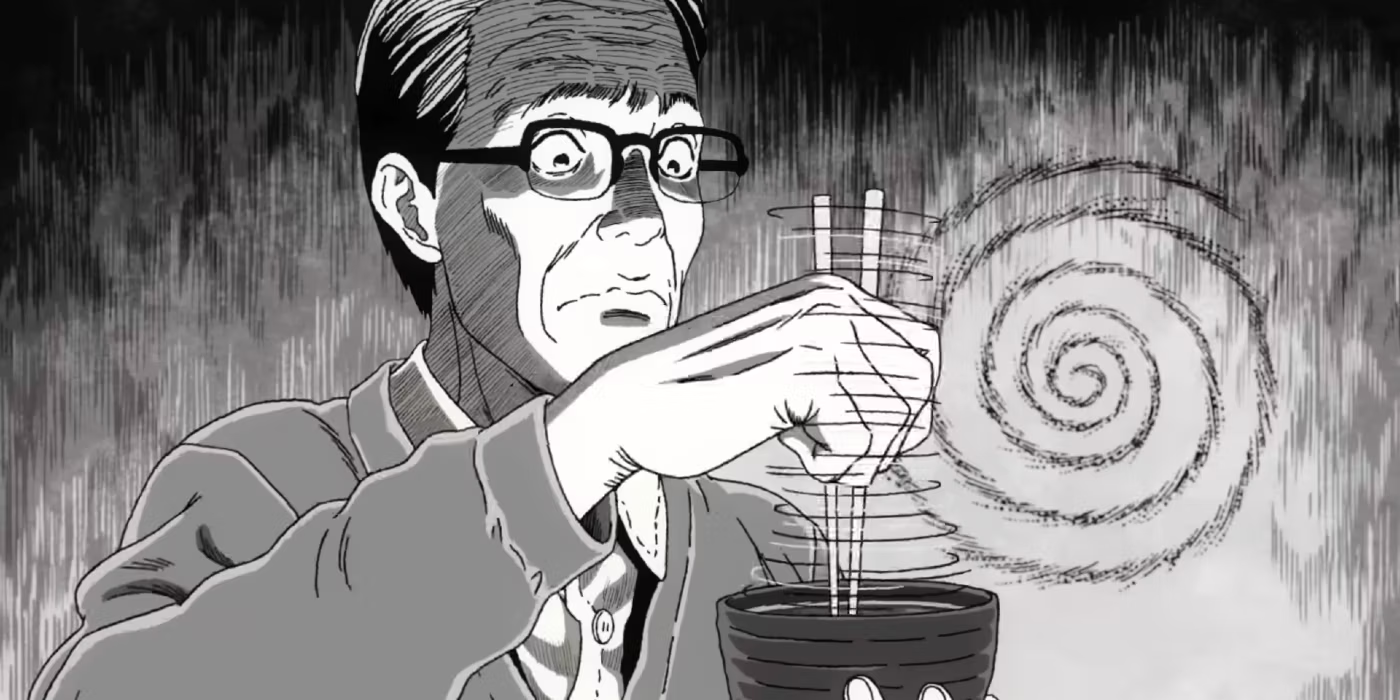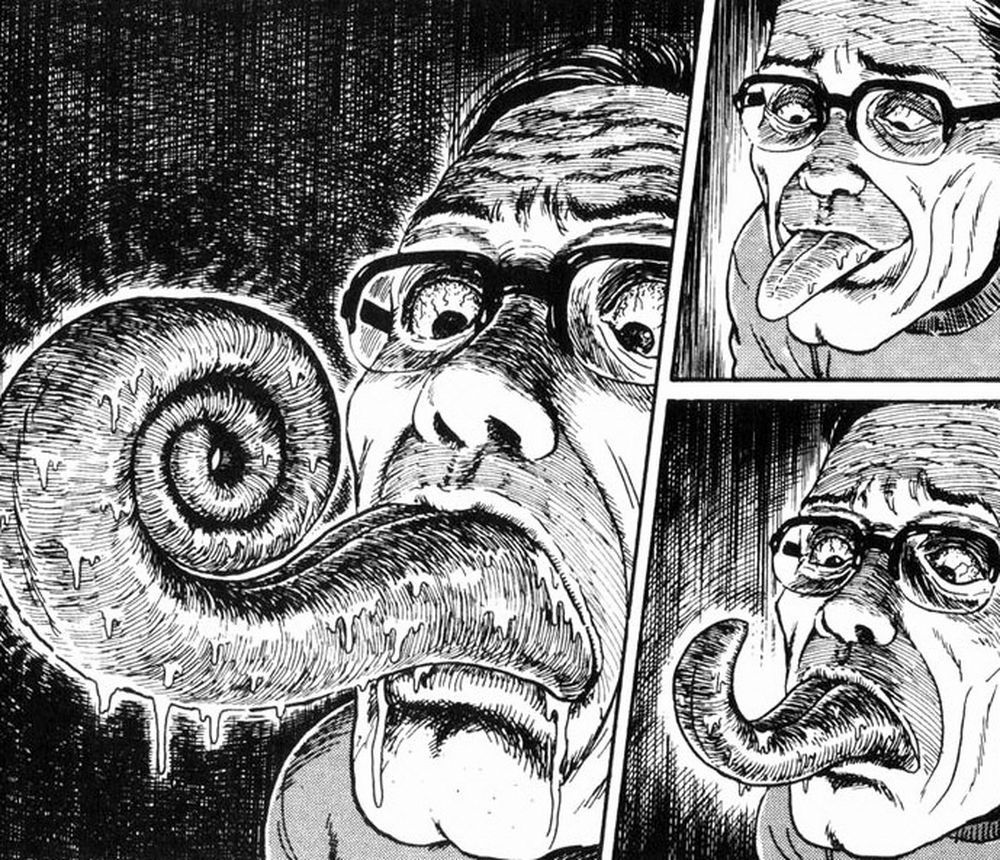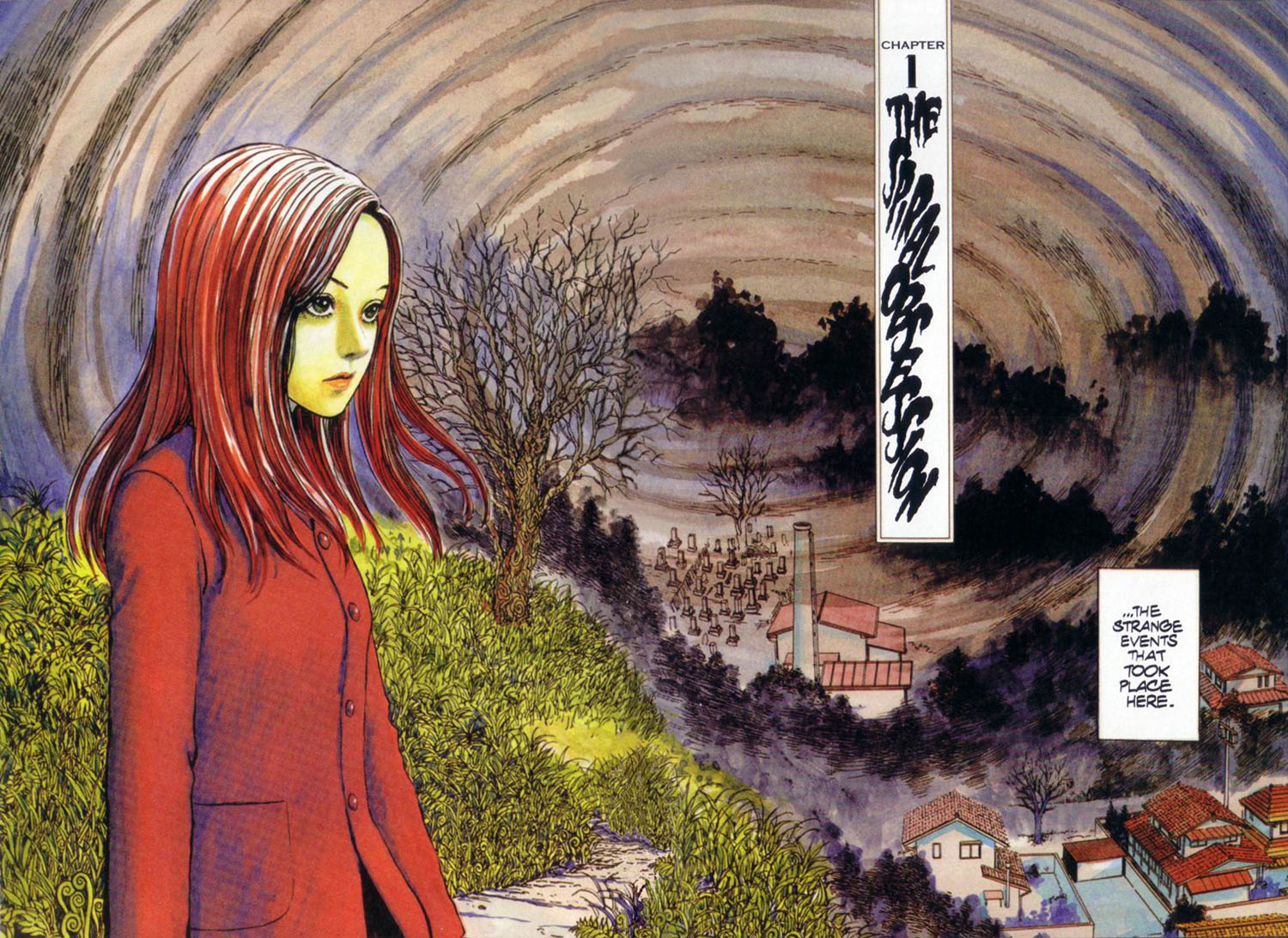Uzumaki: The Horror Masterpiece by Junji Ito
The Manga That Defies Reality: Why You Should Read Uzumaki Today
In the realm of horror manga, Uzumaki by Junji Ito stands out as one of the most unsettling and disturbing works ever created. Published between 1998 and 1999, Uzumaki (which means “spiral” in Japanese) drags readers into an endless nightmare where a small Japanese town is slowly consumed by a curse tied to mysterious spirals. Through episodic storytelling and macabre visual scenes, Ito delves into themes such as obsession, paranoia, and cosmic chaos, crafting one of the most iconic horror manga of all time. In this review, we’ll analyze the plot, artistic style, themes, and cultural impact of Uzumaki to uncover why it continues to influence and terrify readers around the world.
Plot of Uzumaki: The Nightmare of Spirals
Uzumaki follows the disturbing events that plague Kurouzu-cho, a quiet Japanese town. The story centers around Kirie Goshima, a young local girl, and her boyfriend Shuichi Saito. Both begin to notice that a strange curse seems to envelop the town, manifesting in the form of spirals—symbols that start to affect objects, locations, and even people.
The first sign of the curse appears when Shuichi’s father develops an insane obsession with spirals, collecting spiral-shaped objects and displaying increasingly bizarre behavior. Eventually, this fixation leads to his tragic and terrifying physical transformation. From that point, the influence of the spirals begins to spread like a contagion: girls’ hair starts to take on the form of living spirals, storms assume spiral shapes, and entire human bodies deform into grotesque geometric figures.
With each new episode, the curse grows more oppressive, slowly turning Kurouzu-cho into a psychological and physical prison from which there seems to be no escape. The suffocating atmosphere and mounting terror make Uzumaki a unique experience, exploring how obsession can lead to madness and destruction.
Junji Ito’s Artistic Style
One of the most distinctive features of Uzumaki is Junji Ito’s artistic style, which blends macabre details and graphic precision into a truly unique aesthetic. Ito’s ability to convey terror doesn’t just stem from violent scenes or monstrous creatures; rather, it comes from his skill in transforming the mundane into something deeply unsettling. In Uzumaki, the spiral—an apparently simple symbol—becomes the focal point of visual nightmares, capable of taking on horrific and disturbing connotations in unexpected ways.
Ito is a master at playing with black and white contrast, creating a visual tension that heightens the claustrophobic atmosphere of the story. His clean lines, hypnotic details, and obsessive precision in depicting physical deformities, spirals, and contorted bodies capture the reader’s attention, immersing them in a world of surreal terror.
Each panel seems meticulously crafted to maximize psychological impact, building suspense and evoking disgust in equal measure.
The visual horror in Uzumaki goes beyond the graphic depiction of fear, delivering a persistent sense of unease. Ito’s art brings to life the madness born from obsession, making the physical and psychological transformations of the characters feel relentless, inevitable, and at the same time, disturbingly plausible. This unique style has cemented Junji Ito as one of the masters of horror in the world of manga, with Uzumaki standing as one of his most powerful artistic achievements.

Themes and Symbolism in Uzumaki
One of the most fascinating aspects of Uzumaki is its rich symbolism, centered around the spiral—a motif that permeates every corner of the story. The spiral, seemingly an innocent geometric symbol, takes on a terrifying meaning, representing both the endless cycle of obsession and destruction, as well as the characters’ loss of control. This motif becomes a metaphor for the descent into madness: an invisible, unstoppable force that overwhelms the inhabitants of Kurouzu-cho, driving them toward irreversible physical and psychological transformations.
The theme of obsession is central: the spiral becomes a form of power that consumes everything it touches, leading people to lose themselves in its irresistible allure. What starts as a seemingly harmless fixation transforms into a devastating force that alters both body and mind. Each character confronts the spiral’s influence in different ways, yet all experience its progressive degeneration.
Another significant theme is that of cyclicality. Spirals, by nature, are shapes that coil into themselves with no clear beginning or end, symbolizing the characters’ inevitable fate and the relentless repetition of events. Kurouzu-cho slowly becomes a trap, where every attempt to escape the spiral only brings the protagonists back to where they started, caught in a never-ending cycle.
The town itself serves as a metaphor for decay and isolation, a place both physically and psychologically oppressed by the spiral. Junji Ito uses the town as a microcosm to explore the deterioration of society and the individual when they succumb to obsession, with an underlying thread of social critique emerging as well. The world of Uzumaki reflects a distorted reality where humanity is powerless against incomprehensible and destructive forces.
Through its plot and symbolism, Uzumaki explores the idea that there are dark forces beyond human understanding that can take control of our lives, dragging us into an endless spiral of destruction.
Cultural Impact and Criticism
Since its release between 1998 and 1999, Uzumaki has become a cornerstone of the horror genre in the world of manga, solidifying Junji Ito as one of the undisputed masters of visual and psychological horror. Uzumaki’s influence extends far beyond Japanese comics, inspiring artists, filmmakers, and horror enthusiasts worldwide. The manga has been praised for its ability to blend surrealism with tangible terror, creating a work that profoundly unsettles readers.
One of Uzumaki’s most significant contributions to the horror landscape is its exploration of obsession. The spiral, a metaphor for cyclicality and inevitability, has captivated not only manga readers but also critics and scholars who see it as an allegory for deep human fears: the loss of control, the inescapability of fate, and the decay of society. Uzumaki is not merely a tale of physical horror but a reflection on the uncontrollable forces that can take over human life.
The work has received acclaim for its unique artistic style and its ability to evoke unease without relying on traditional horror clichés. Rather than depending on violent or gory scenes, Junji Ito masterfully manipulates the reader’s psychology, creating a constant tension and a sense of inescapable oppression. This approach has made Uzumaki a must-read, not just for manga fans but for anyone seeking a more sophisticated and reflective horror narrative.
The impact of Uzumaki has been so significant that it has spawned several derivative works, including a live-action film in 2000 and an animated series in production by Adult Swim. The manga has continued to gain new readers through reprints and translations in various languages, solidifying its status as a cult classic in the horror world. Western critics have also recognized its value, with publications like The New York Times and IGN praising its originality and effectiveness.
Uzumaki’s success has been fueled by the growing global popularity of Japanese horror, thanks to influential films like The Ring and Ju-on. In this context, Uzumaki stands as a foundational work for understanding the aesthetics and philosophy of Japanese horror, which is rooted in a profound sense of discomfort and cosmic terror.
Why Read Uzumaki?
Uzumaki is not just a horror manga—it’s a visual and psychological experience that leaves a lasting impression on its readers. Junji Ito, with his unique ability to transform the mundane into something deeply unsettling, crafts a story that explores terror in a subtle yet terrifying way. The spiral, seemingly an innocent symbol, becomes the central motif of a narrative that delves into humanity’s deepest fears: obsession, madness, and the inevitability of fate.
Reading Uzumaki means immersing yourself in an atmosphere of mounting tension, where each page draws you further into an increasingly disturbing nightmare with no escape. Ito’s talent for portraying not only physical horror but also psychological dread makes this work one of the most original in the horror genre. For fans of the genre, Uzumaki offers a complex and captivating narrative that goes beyond simple scares, offering profound reflections on obsession and the cyclical nature of destruction.
Even for those who aren’t regular manga readers, Uzumaki is a must-read for anyone looking for a story that blends horror with extraordinary artistic aesthetics. Junji Ito’s detailed art and his ability to craft oppressive atmospheres make Uzumaki an unforgettable work, one that both inspires and terrifies in equal measure.
If you’re searching for a horror story that leaves you with a lingering sense of unease and challenges your perception of reality, Uzumaki is the perfect choice. It’s a manga that stays with you, like a spiral from which there’s no escape.
Do you want to be pulled into a vortex of horror and obsession? Purchase Uzumaki by Junji Ito by clicking on my link and help me bring the dream of Digidreamers to life.

